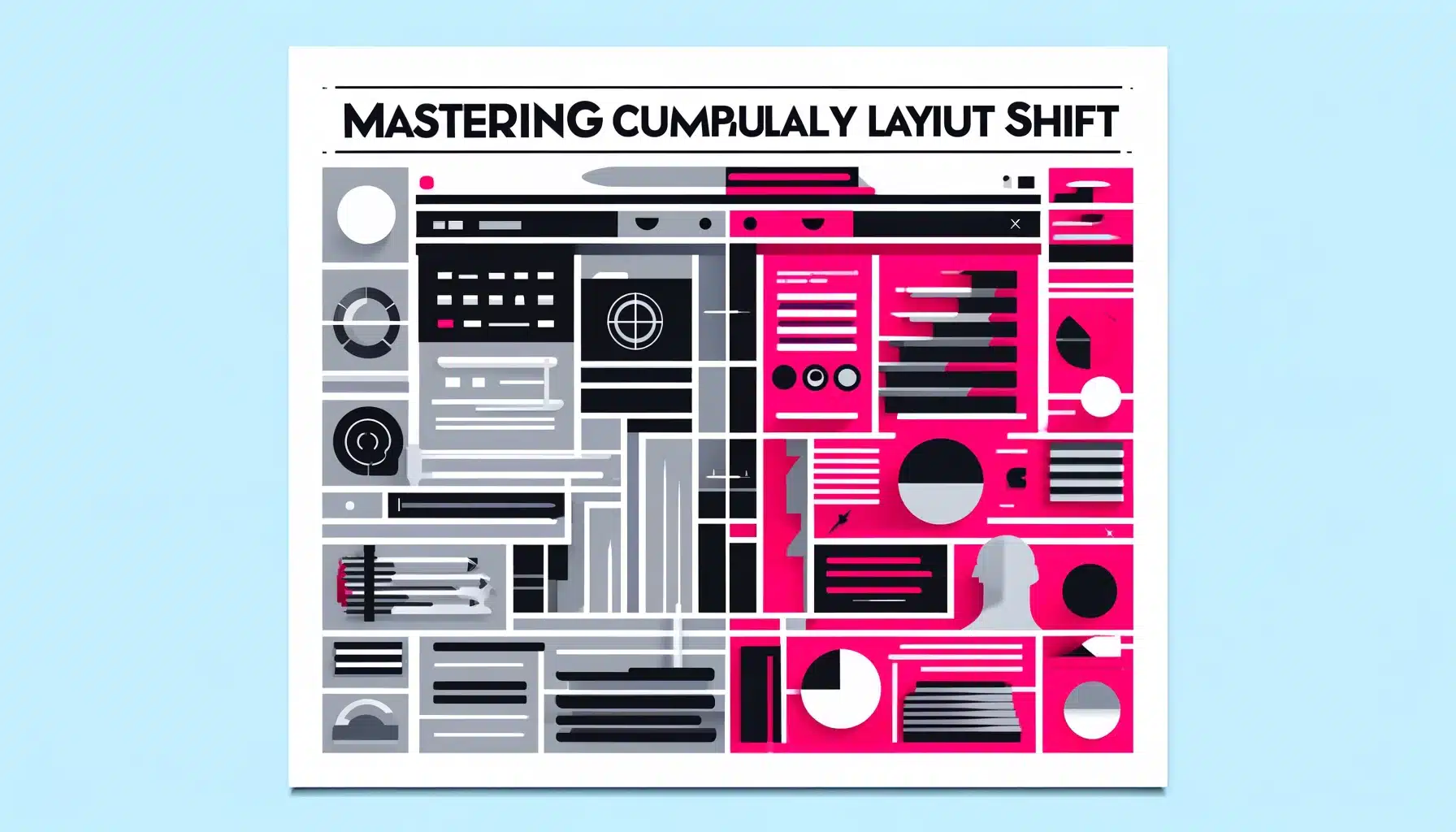In today’s fast-paced digital world, the performance of a website can greatly impact user experience and satisfaction. Among the various metrics used to evaluate website performance, Cumulative Layout Shift (CLS) has emerged as a key player. This metric helps in understanding how visually stable a website is during its load time. A poor CLS score can be frustrating for users and detrimental to the effectiveness of a site. In this blog post, we’ll explore what Cumulative Layout Shift is, why it matters, and how you can optimize it to improve your website’s user experience.
What is Cumulative Layout Shift (CLS)?
Cumulative Layout Shift refers to the unexpected shifting of web page elements while the page is still downloading. These shifts occur when visible elements, like images or ads, load asynchronously or when DOM elements dynamically add to the page above existing content. The result? A page that jumps around as it loads, creating a disorienting and irritating experience for users.
The metric itself is a score from 0 to 1 or higher, where zero means no shifting at all and higher numbers indicate more shifts. Specifically, CLS measures the sum total of all individual layout shift scores for every unexpected layout shift that occurs during the entire lifespan of the page.
Why Does CLS Matter?
- User Experience: A high CLS can annoy users, leading to a poor experience. If elements on a page are moving unexpectedly, it can lead to mistaken clicks, difficulty in reading text, or users abandoning the site altogether.
- SEO Ranking: Google has included CLS in its Core Web Vitals, a set of real-world, user-centered metrics that quantify key aspects of the user experience. Since June 2021, these metrics, including CLS, have been a part of Google’s ranking criteria. This means that sites with better CLS scores may rank higher in search results.
- Conversion Rates: Stability on a webpage can lead to higher conversion rates. If a site is visually stable, users are more likely to feel comfortable making purchases or signing up for services.
How to Improve CLS
Improving your website’s CLS involves identifying and mitigating the causes of layout shifts. Here are some practical tips:
- Specify size attributes for images and videos: Always include width and height size attributes on your images and video elements. This helps the browser allocate the correct amount of space in the document while the element is loading.
- Reserve space for ads: Similarly, ensure that any ads or embeds have a reserved space with appropriate dimensions. This prevents them from pushing content around when they load.
- Avoid inserting new content above existing content: Unless responding to a user interaction, try not to insert new content above existing content. This will prevent pushing down content that the user might be viewing.
- Use CSS transform for animations: Animations that trigger layout changes can contribute to layout shifts. Where possible, use CSS transform properties, as they do not affect the layout of the page.
Tools to Measure and Monitor CLS
Several tools can help you measure and monitor CLS effectively:
- Google’s Lighthouse: An open-source, automated tool for improving the quality of web pages. It has audits for performance, accessibility, progressive web apps, SEO, and more.
- Web Vitals Chrome Extension: This extension provides instant visual feedback on the Core Web Vitals (including CLS) for any webpage.
- PageSpeed Insights: A tool that helps you to analyze the content of a web page, then generates suggestions to make that page faster, including insights into your CLS score.
Conclusion
Understanding and improving Cumulative Layout Shift is crucial for anyone looking to provide a superior web experience. By focusing on this metric, developers and website owners can ensure that their sites are not only fast but also stable and user-friendly. Remember, the goal is to create a smooth and enjoyable browsing experience for all users, and managing CLS effectively is a key step in achieving that goal.

